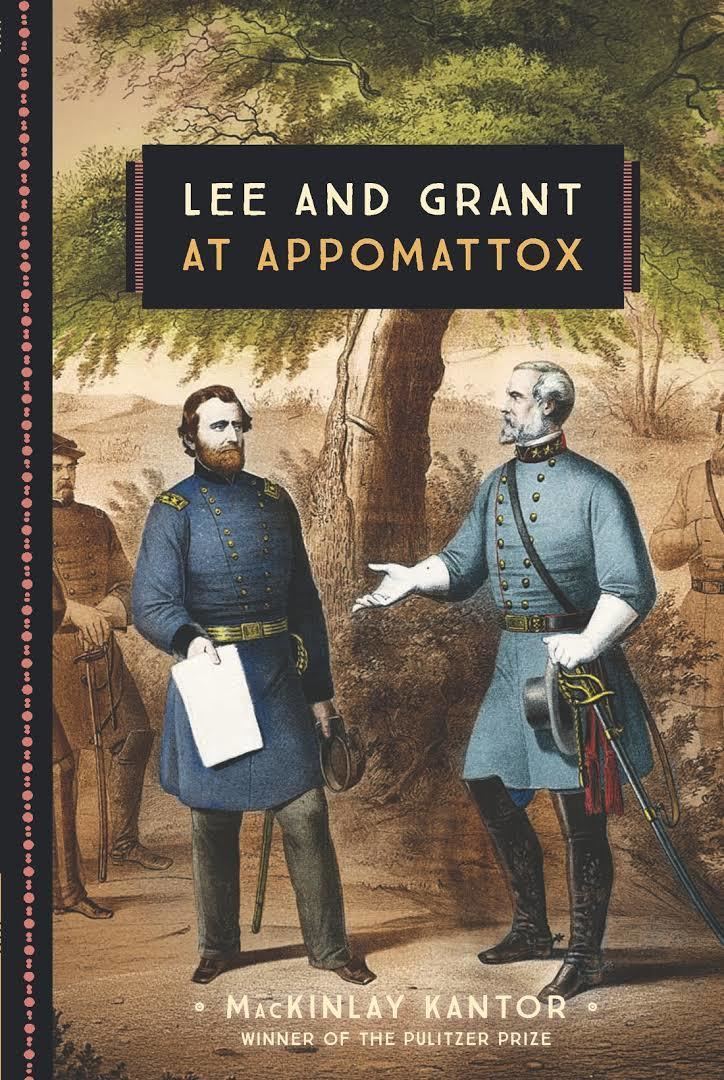Illustrator Donald McKay Series Landmark Book Series Pages 175 | Language English Publication date 1950 Originally published 1950 Page count 175 | |
 | ||
Similar MacKinlay Kantor books, American Civil War books, Historical drama books | ||
Lee and Grant at Appomattox is an historical fiction children’s novel by MacKinlay Kantor. It was originally published in 1950 by Random House, and later published in paperback by Sterling Point Books.
Contents
Plot
Lee and Grant at Appomattox depicts the surrender of the Confederate States of America to Union soldiers. In specific, it portrays the surrender of General Robert E. Lee to General Ulysses S. Grant at Appomattox Court House, helping to bring about the end of the American Civil War. Kantor mainly discusses the feelings of each army, both victorious and shellacked, and pays special attention to the history and interaction between Grant and Lee. The story also addresses the lasting bitterness between the North and South for years following the Civil War.
Characters
Literary significance and reception
Historian William Marvel has cited the book as piquing his interest in studying the subject of Appomattox as a child. Some have accused the book of displaying a bias towards General Lee and presenting an inaccurate portrayal of General Grant.
